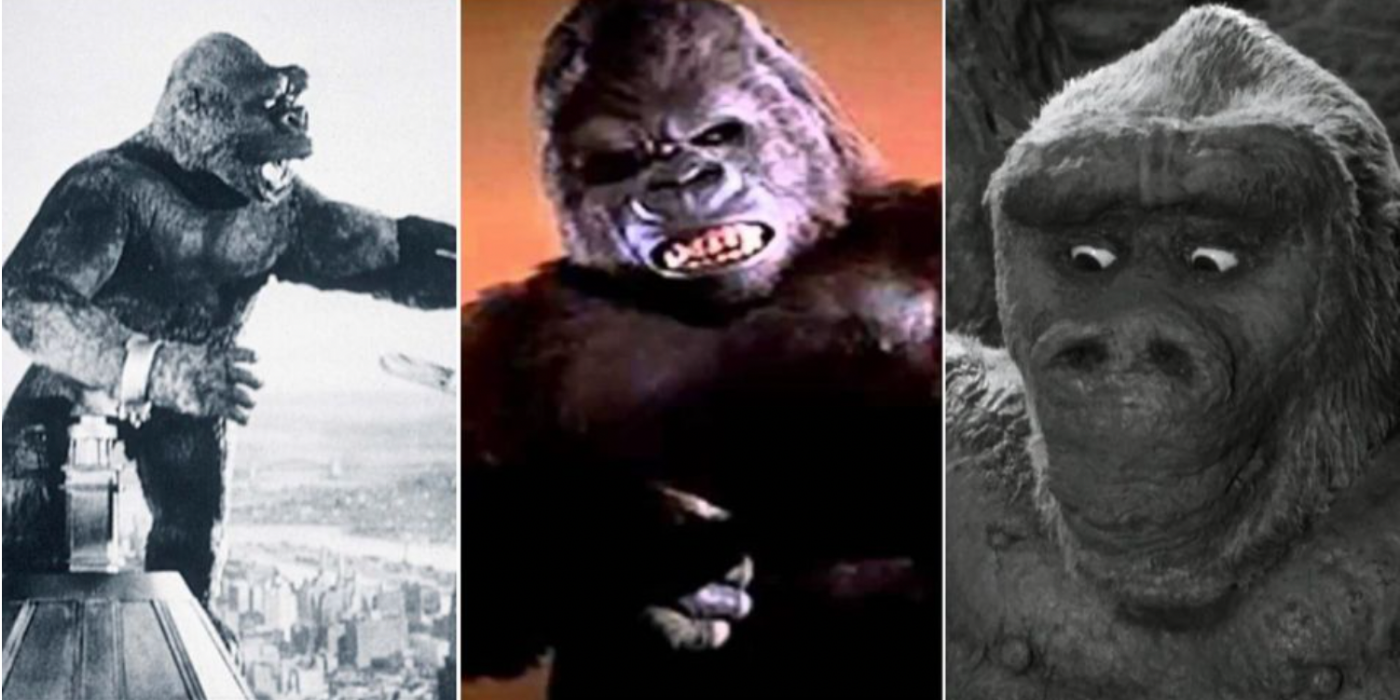
There are certain cultural touchstones to cinema that will never be forgotten and are major building blocks in the movie industry’s trajectory, with 1933’s King Kong acting as a formative piece of media. The giant ape has been entertaining audiences for nearly 90 years now and it’s incredible to see how the fearsome creature has both remained the same as well as helped evolve into one of the most iconic movie monsters of all time.
King Kong’s popularity has returned in a major way and he’s become a pivotal figure in the war against kaiju. King Kong’s latest antics can be seen in Godzilla vs. Kong, but the primate has shown a lot of change since his debut back in the ‘30s.
10 His Size Has Changed
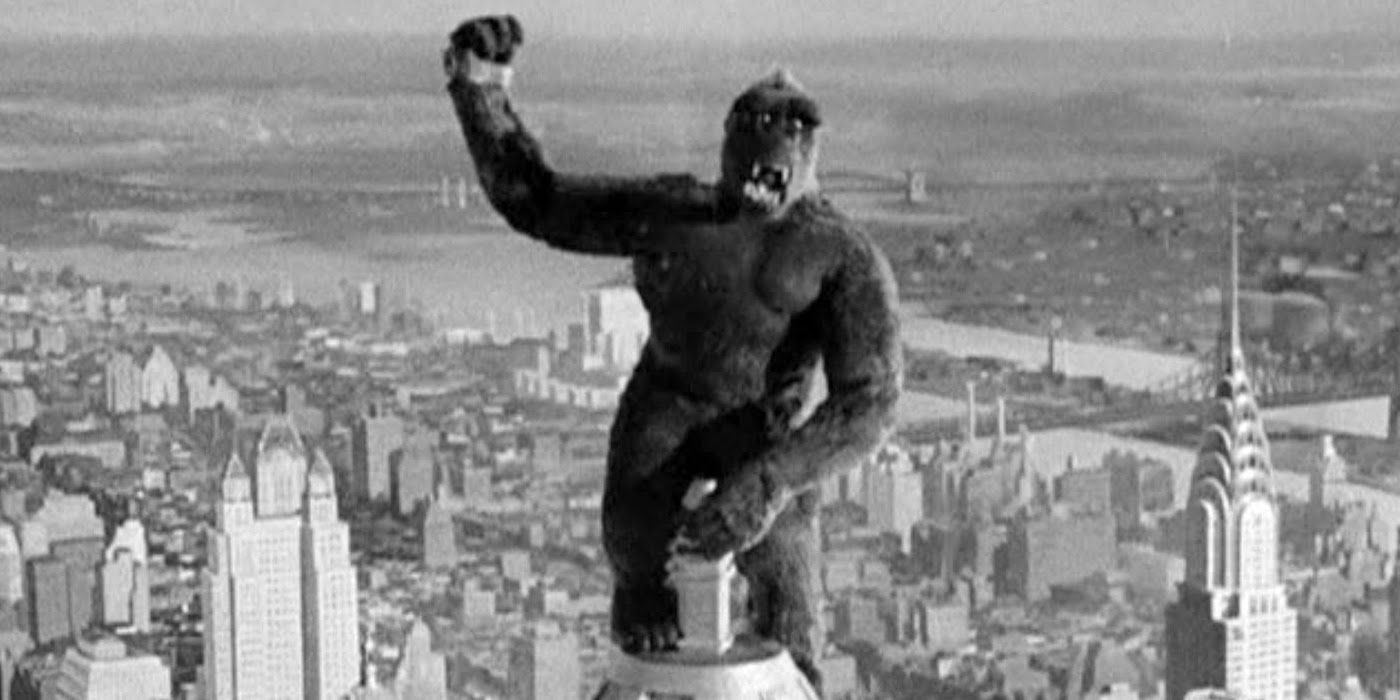
Size certainly seems to matter when it comes to the legend of King Kong. After all, regular-sized gorillas are prevalent in the world and so the entire appeal around King Kong is that he’s abnormally large.
King Kong’s size radically fluctuates between movies, but it’s even inconsistent across the 1933 original. King Kong is depicted as 18 feet tall on Skull Island, 24 feet tall in New York City, and even larger in the movie’s marketing. Peter Jackson’s 2005 remake puts him at only 25 feet, whereas the more recent MonsterVerse movies have made him as tall as 104 feet.
9 He Has A Son
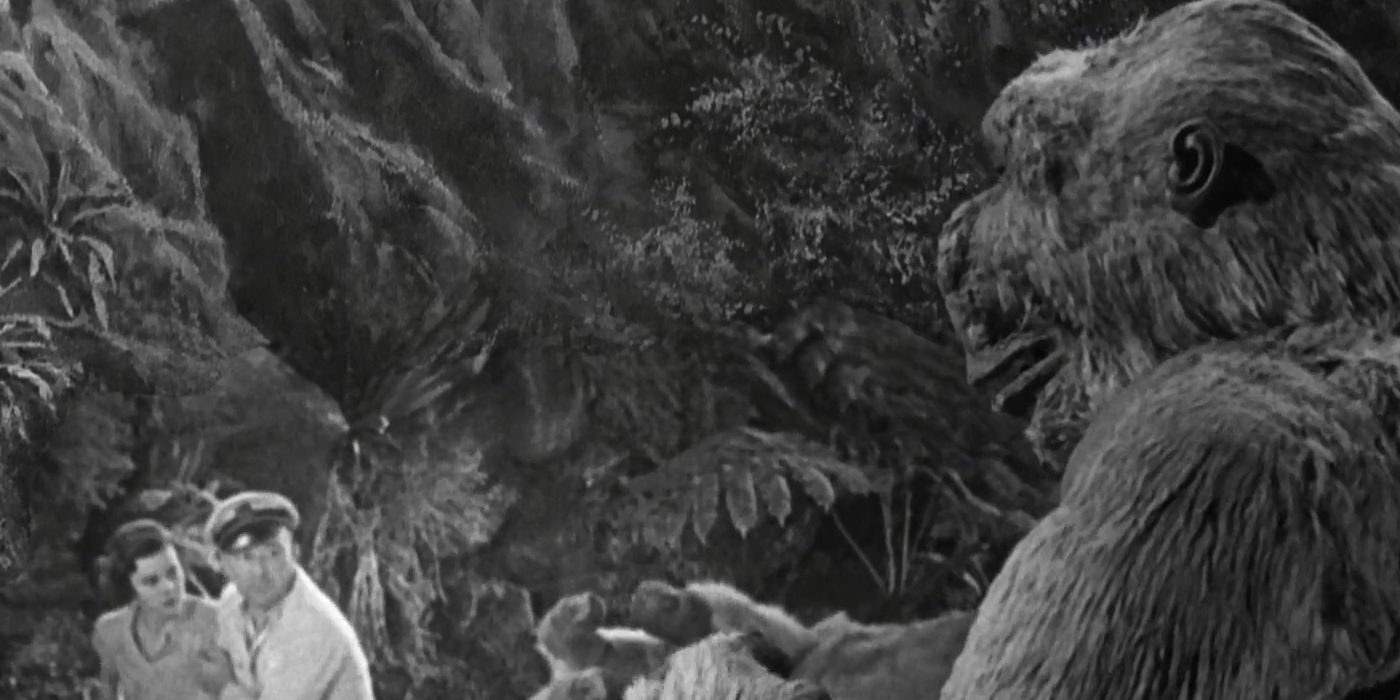
Sequels can be a tricky proposition when it comes to giant kaiju pictures, but the success of the original King Kong pushed a sequel immediately into production, and Son of Kong was in theaters less than a year after its predecessor.
The approach for this follow-up film is that King Kong has slightly smaller offsprings that are still on Skull Island. The addition of "Little Kong" is both exciting and adorable and it establishes a lineage for the giant monster, which is something that continues to get explored.
8 He’s Now In Color
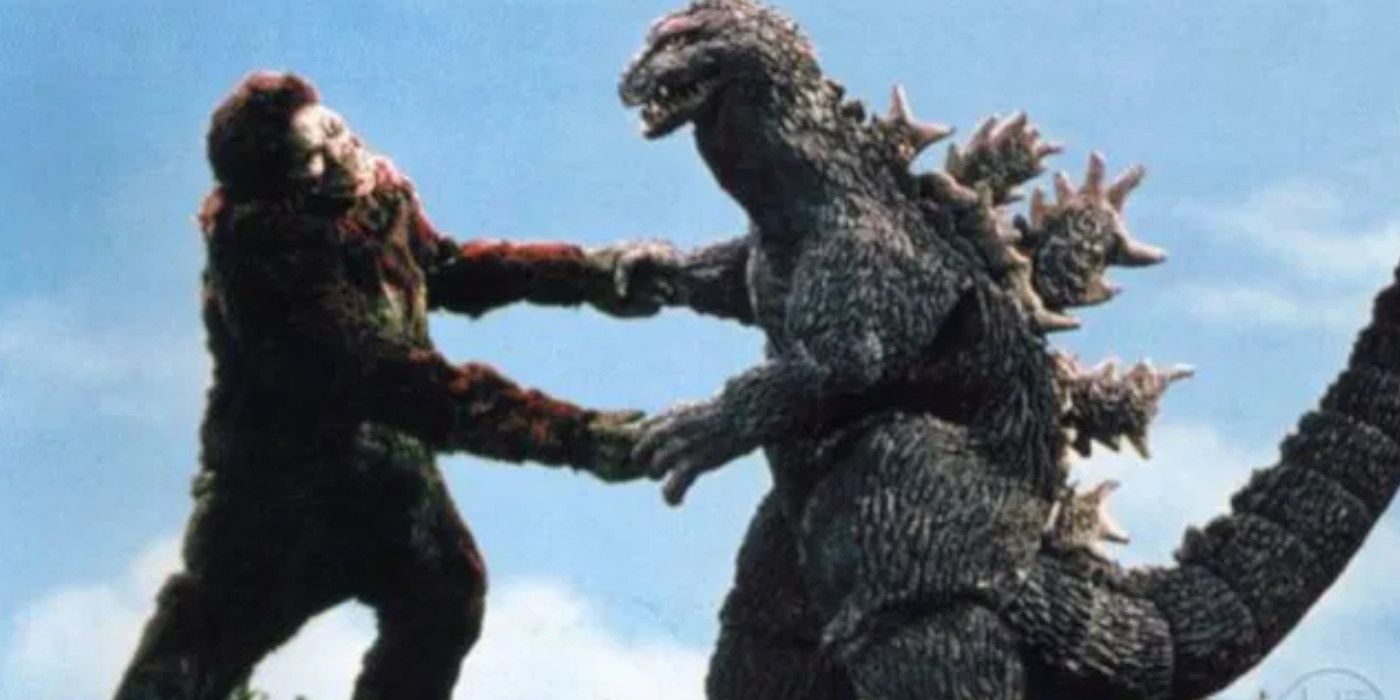
The original King Kong is an important piece of black-and-white cinema, but audiences would need to wait nearly thirty years for their first look at King Kong in full color in a movie. 1962's King Kong vs. Godzilla doesn't just pit the two iconic creatures against each other, but it also marks King Kong's color debut and it highlights a more detailed version of the monster.
King Kong vs. Godzilla was a Japanese production and its English version actually shot new scenes to showcase the creatures and fully capitalize on a color version of the giant ape.
7 He’s Gained Sidekicks & Fought As A Team
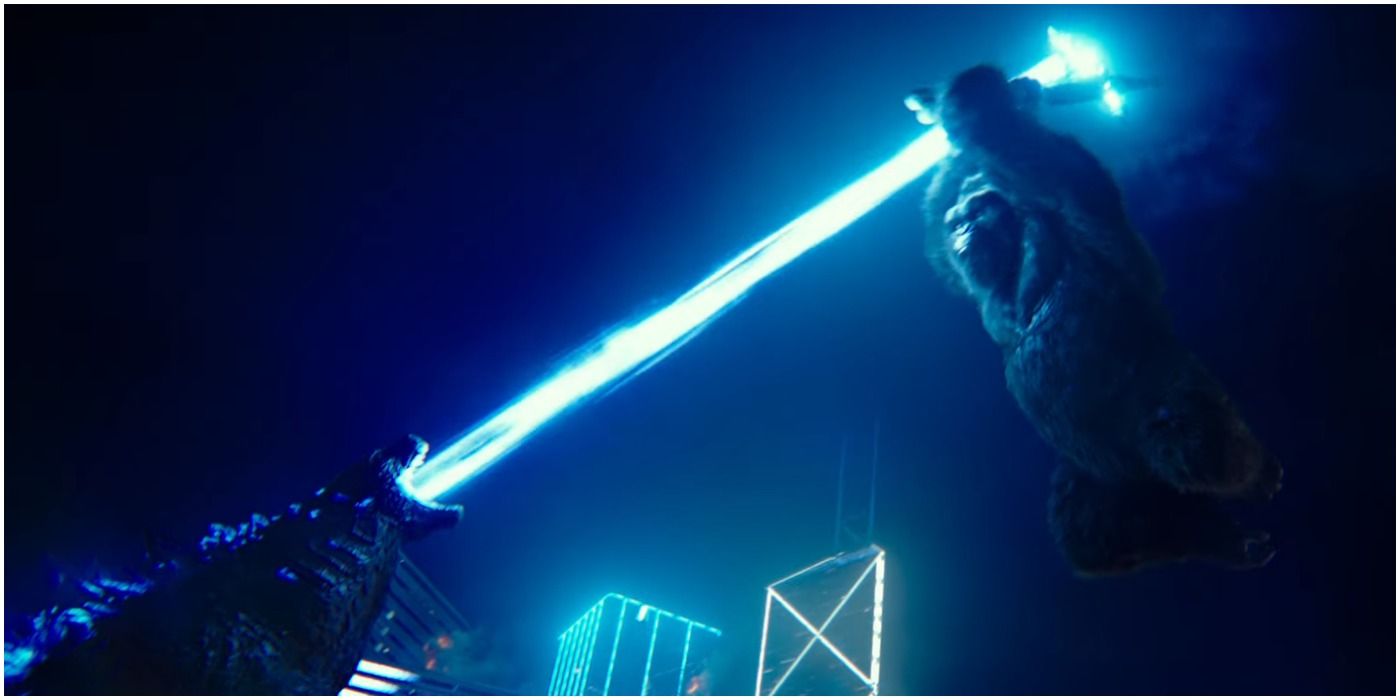
Initially, King Kong is treated like the apex predator of his world and while he’s not necessarily a villain, he’s a misunderstood creature on a rampage. Over time, Kong’s role as an ally becomes more solidified and he fights alongside humans as well as other kaiju to take down greater evils.
The most recent example of this is in Godzilla vs. Kong, where King Kong puts his differences with Godzilla aside and helps him take out MechaGodzilla. King Kong can still be considered a destructive weapon, but he’s become more of an asset for humanity than a detriment.
6 He’s No Longer A Scaled Stop-Motion Model
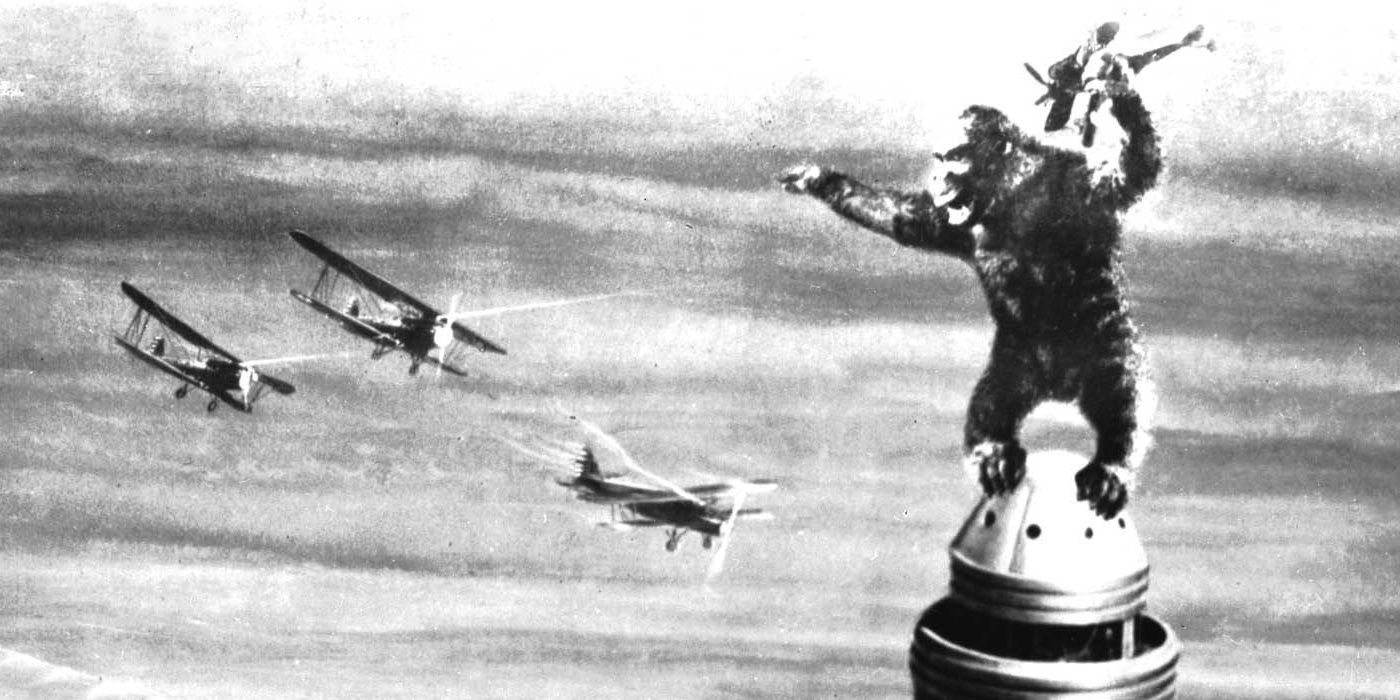
The movie industry is practically a completely different entity since King Kong’s debut back in the 1930s. There are now multiple approaches for how to bring an extravagant monster to life on screen. There can be detailed costumes and make-up, mechanical creations, or elaborate procedures, but originally King Kong was nothing more than a tiny stop-motion model.
The only way that King Kong could pull off its action sequences is by building scaled miniatures of everything and moving Kong through stop-motion. It’s remarkable how smooth this looked in 1933, but the approach behind Kong has now become much more technical.
5 He Makes His Way To Japan
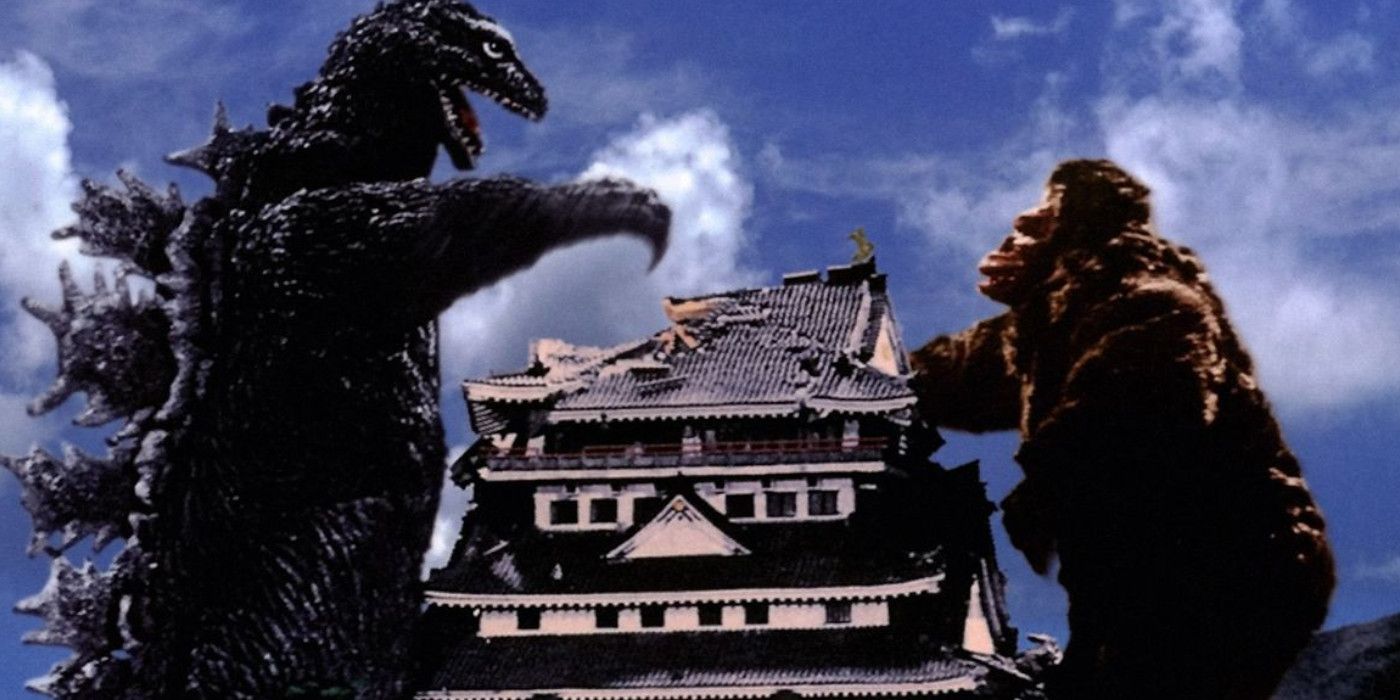
A large part of King Kong’s story involves the creature’s hidden habitat on Skull Island, which leads to his capture and exodus to New York City. This clash of environments is crucial to King Kong’s story, but the ape becomes even more of a globetrotter over the course of the series.
A major change of pace for Kong is when he makes his way over to Japan when he first faces off against Godzilla. This puts Kong outside of his comfort zone. Additionally, Kong’s location continues to change from Mondo Island to Kong Island, and then to Hollow Earth.
4 He’s Become CGI & Was also Played By An Actor
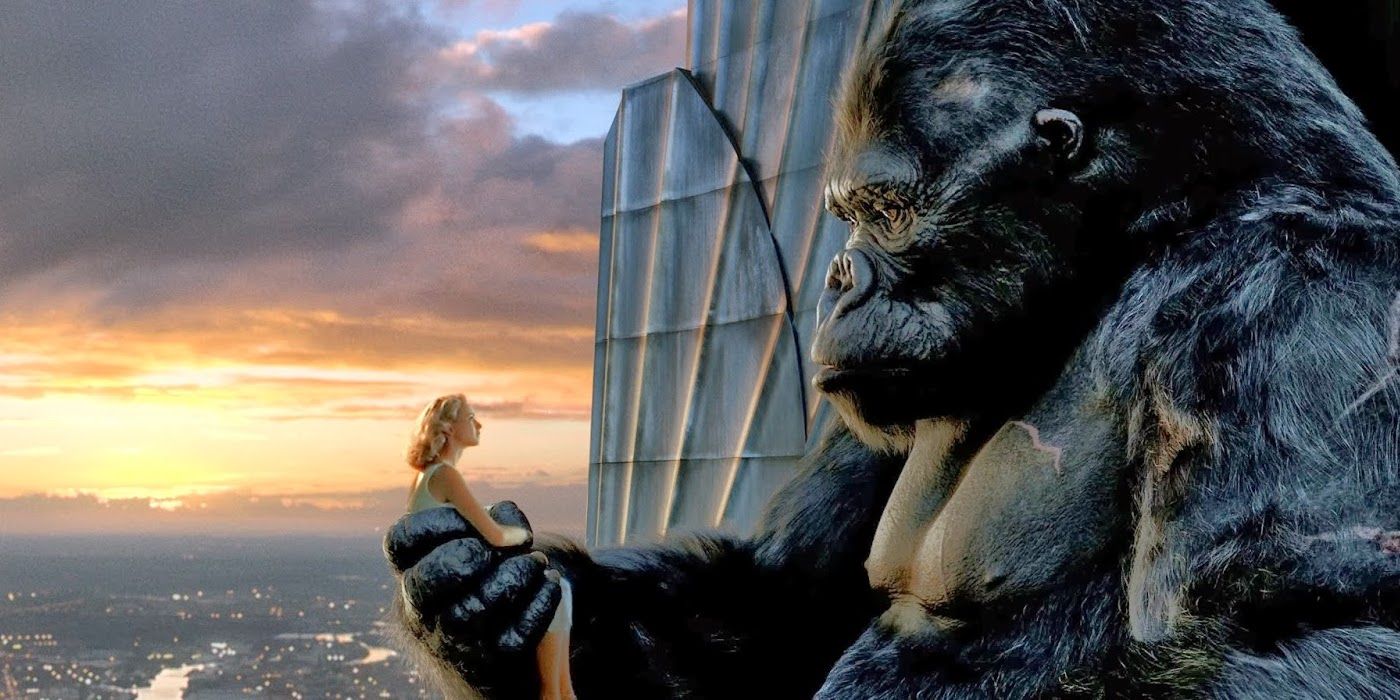
It’s nothing short of incredible to see how much cinema has evolved and become an increasingly immersive experience. The technical limitations around a creature like King Kong were often the biggest obstacles with any production. However, a major asset for the creature is cinema’s push towards CGI and motion-capture technology.
This allows King Kong to not just become a lush, realistic entity that would have previously been impossible, but a human can now literally play him and offer more precision to his actions. Kong has fully grown from a special effect into an actual cast member.
3 He Gets A Heart Transplant
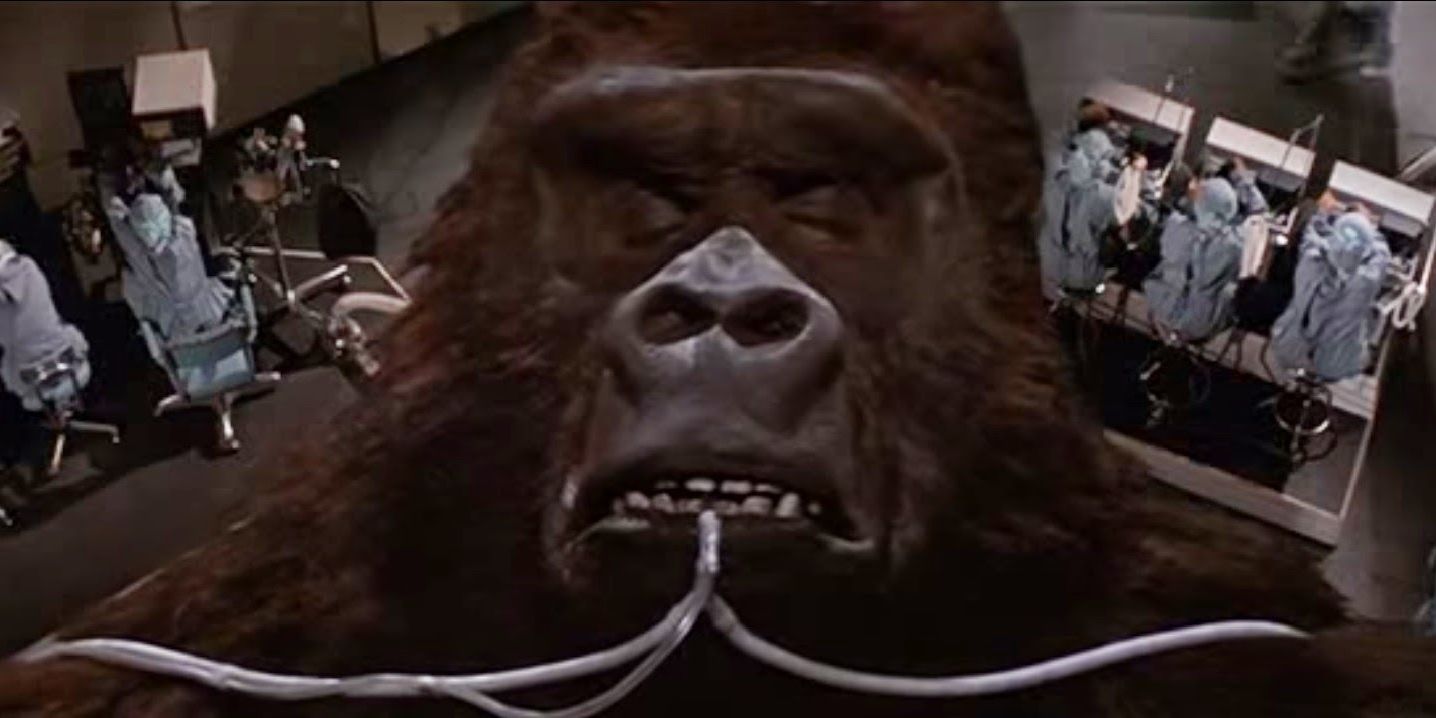
There's a certain level of built-in mortality to a dangerous creature like King Kong and the 1986 entry, King Kong Lives, actively explores the monster's ailing health. The film features a comatose Kong that needs a heart transplant after ten years of inactivity.
A female ape, Lady Kong, is introduced and surgery is implemented to hopefully preserve King Kong and save his life. It's a unique scenario where humanity is purely focused on Kong's survival and it brings new details to his biology as well as hints at a possible romance for the creature.
2 He’s Been Turned Into A Cartoon & Animated Creature
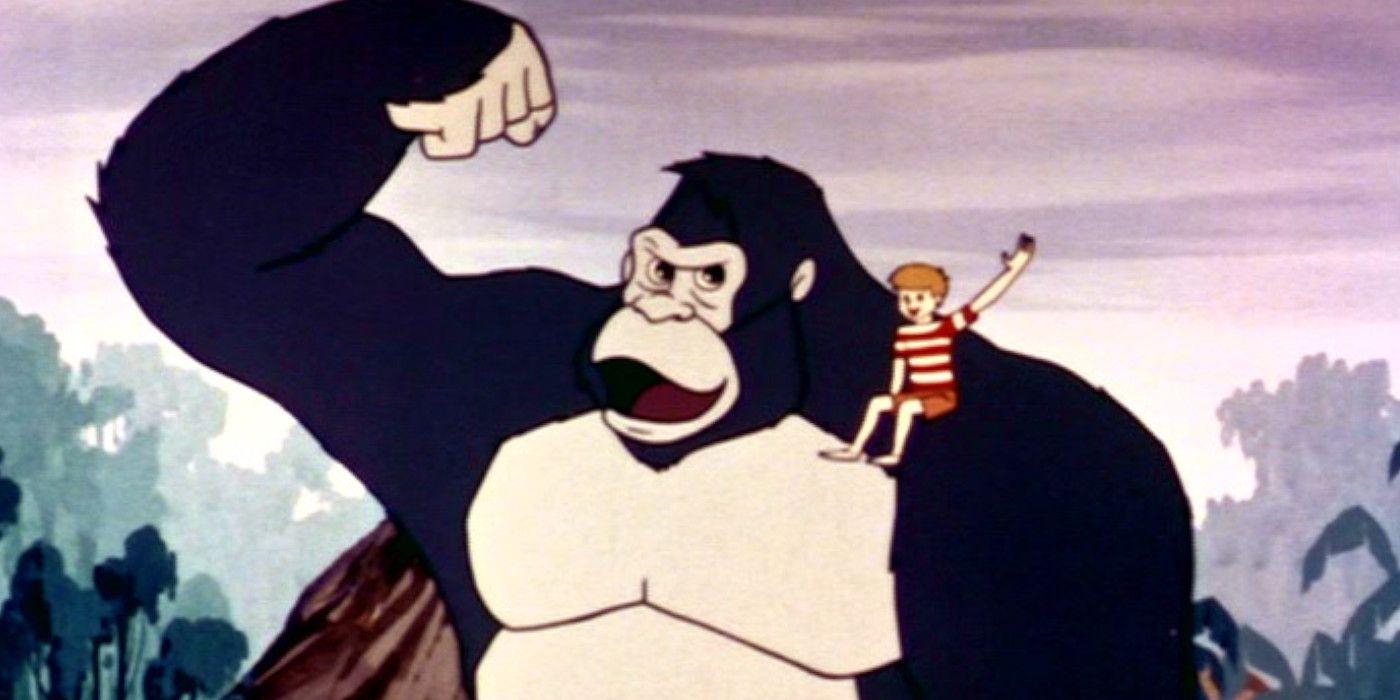
King Kong starts his cinematic career as a horror icon, so it’s extremely strange that he’s gradually turned into a friendly companion for children through a number of different animated series.
The first of which, 1966’s The King Kong Show, is an anime that ran for several seasons and puts Kong in the protector role of a family. Kong: The Animated Series, The Mighty Kong, and the most recent, Kong: King of the Apes, all feature a cuter version of the giant beast, and he’s even wound up on Broadway as the centerpiece of a lavish musical.
1 He Faces A Robotic Doppelganger
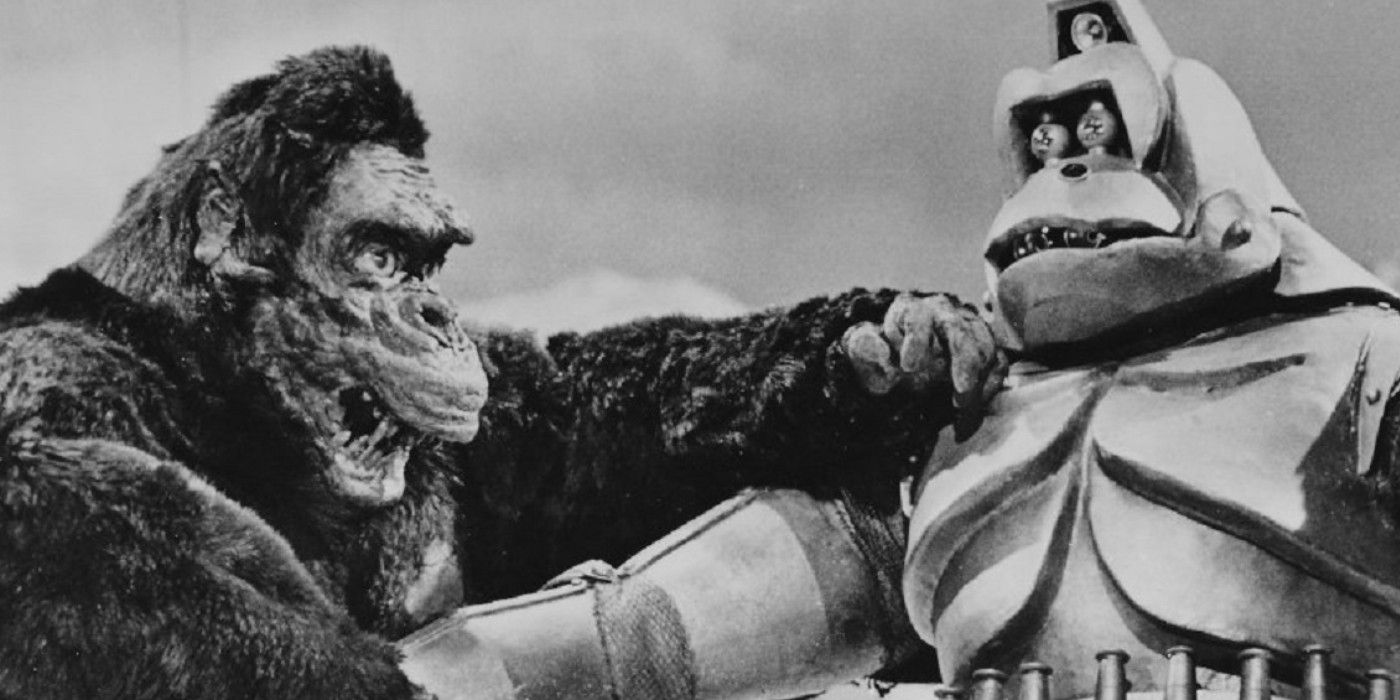
There are a lot of similarities between the King Kong and Godzilla franchises and the latter often gets the credit for a copycat robot antagonist thanks to the popularity of MechaGodzilla.
Surprisingly, King Kong beat Godzilla to this trend by nearly a decade, but their version of this idea has a much smaller profile. King Kong Escapes from 1967 looks at a deranged scientist's attempts to use King Kong to defeat a robotic doppelganger, Mechani-Kong. It's a bizarre spectacle that sparks the ape's foray into mechanical foes.
0 Comments